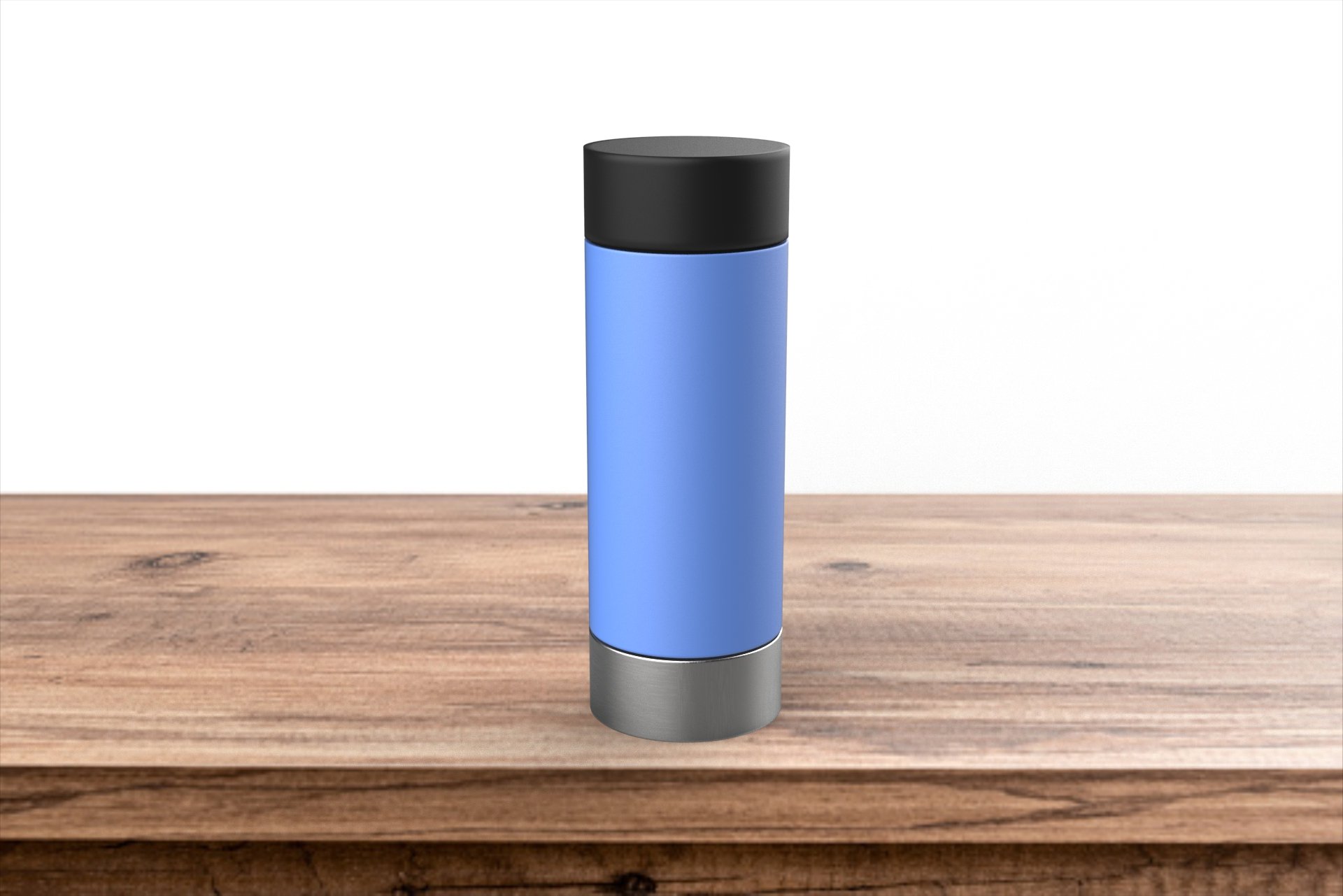utensaflask.
utensaflask.
Info:
IPD 551: Design Processes
Final Project, Fall 2022
1,000
700
200
I then created a storyboard to clearly visualize the user experience one would go through without Utensaflask. This was to reveal difficulties or emotions one may experience and to learn how to fulfill those user needs.
Afterwards, I created a new storyboard with Utensaflask to depict the improvements in user experience.
plastic utensils used per week
design motivations.
initial sketches.
Skills:
Solidworks, Keyshot, 3D Printing, Rapid Prototyping, Design Research, Usability Testing, Iterative Design
plastic containers used per week
plastic water bottles sold per week
who are our stakeholders.
Take-out restaurants
Frequent take-out customers
Consumers looking to be more sustainable
overview.
Utensaflask is an all-in-one bottle that allows you to bring around both any drink you desire and a set of reusable utensils (fork & spoon). This is encourage eating and drinking sustainably by reducing plastic waste in bottles and utensils.
Through stakeholder interviews and design research in sustainable eating and drinking, key validation questions were created to create design direction and to keep to mind throughout the design process.
Will this reduce plastic waste?
Will this add difficulty to eating or drinking?
Will people be encouraged to be more sustainable?
What utensils should be included?
Below are various sketches that display my thinking in how to design Utensaflask.
Eating and drinking are things that all people enjoy, whether it’s at a restaurant, home, or anywhere else. However, when taking food out, we often use plastic utensils, straws, and cups to enjoy our meal, and this leads to a large accumulation of plastic waste
People are looking for ways to be sustainable by reducing plastic waste.
design research.
I interviewed stakeholders to gain perspective on how sustainable eating and drinking affects different industries, specifically within the Chinese take-out restaurant industry,
Doing this enabled me to uncover unarticulated needs and to understand the impact of creating Utensaflask.
the issue.
“
Packaging, plastic forks, paper napkins. She throws away all of it in the garbage can. Doesn’t recycle because there’s no recycling bin on the way.
-take-out customer
Recently we did a remodeling of our kitchen which made us more conscious of storing things in tupperware — being more environment enabling and motivated to reuse, store, and perform sustainable actions.
“
“
When we finish lunch and dinner, we try to minimize throwing utensils out, but we can’t control it sometimes.
-sustainable consumer
-environment-conscious couple
storyboarding.
design goals.
Since a reusable bottle was going to be the main vessel in holding all components together, the main design task was the reusable utensils.
First, I determined the reusable utensils would be contained within a bottom compartment underneath the bottle. After deciding this, I determined three necessary design goals in the user’s experience when using them.
Can easily take out utensils from bottom compartment
Stiff enough to eat with compared to a normal fork and spoon
Can easily store them back within bottom compartment
initial prototype.
When designing the reusable utensils, I looked into ways to collapse a stiff object into something loose. This kind of mechanism would be integrated into the handle of the utensils to allow them to be easily used and stored. This included looking into things such as straws, legos, and snap bracelets.
I found slap bracelets to be a good balance between being compact to store and having stiffness when in use, thus becoming my first prototype to test with users.
user testing & feedback.
Testing with the slap bracelet utensils revealed different usability issues and emphasized what design aspects needed refocus.
By uncovering these insights, I was able to go back to the drawing board and decide how to reproach each usability issue to create the final design.
Extend handle, but still allow portability
utensils.
When not in use, the utensils’ components are separate and loose to allow for feasibility in storage. The strings can be pulled taut to transform the utensils into a usable fork and spoon. The utensils feature stackable segments that insert within each other to allow for stiffness in the handle to enable functionality.
This modular utensil design allows for easy storage, handle customization, and simple use. The intuitive string-pull design allows the user to have an enjoyable eating experience, all within the convenience of a single bottle.
“
These are a lot more stiffer, and I feel like I can actually eat with them.
-class professor
stakeholders’ opinions
“
“
Insights
Utensils not stiff enough when using to eat
Utensils rolled up randomly when in use
Handle is too short
Redirection
Reinvestigate solution space, and create stiffness ranking
Look for solutions with reliability
final prototype.
The final design of Chameleo involves two main subsections: the bottle and the reusable utensils. Utensaflask offers the convenience of bringing a set of reusable utensils within your bottle, so you have everything you need to eat and drink in one place all the time.
bottle.
The bottle is a simple cylindrical shape topped off with a cap, but it also contains a bottom compartment to allow the reusable utensils to be stored.
The materiality is specific here where the bottom compartment is made of metal to emphasize that it is the base of the bottle and contains the utensils.
I have smaller hands so I love the adjustable option in the handle by being able to stack segments.
-fellow student
I like the convenience of being able to use it as a water bottle, especially when I am walking around campus.
-college student
full scale prototype.
























